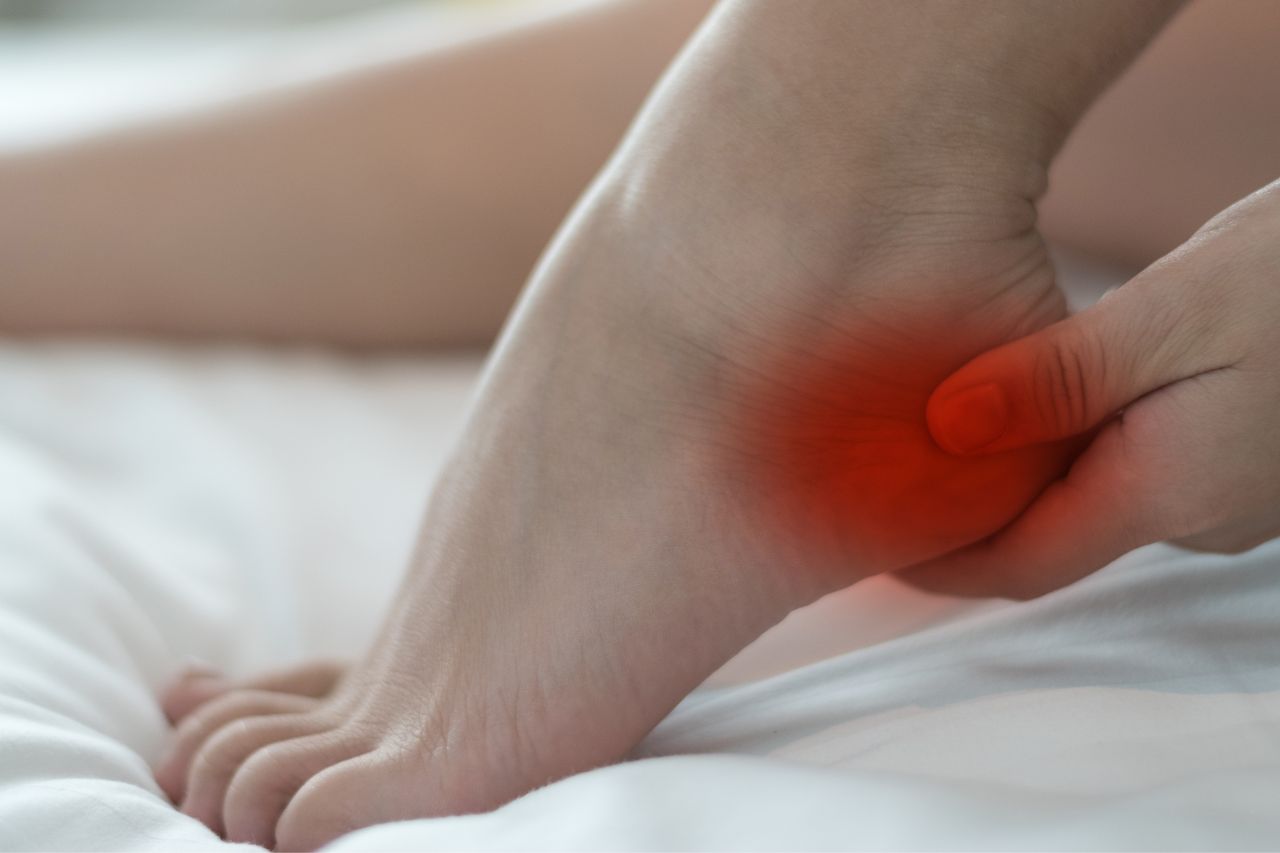What Are Bone Spurs?

Clinically reviewed by C. Preston Lewis
Bone spurs are calcium deposits that typically occur near joints. Despite the name, they aren’t spiky but instead are bony lumps. Also called osteophytes, they develop over time and commonly affect the hands, knees, feet, or spine. Anyone can develop bone spurs, but people with osteoarthritis (OA) are particularly susceptible.
What Causes Bone Spurs?
Bone spurs most often develop as a response to joint damage from OA. As arthritis breaks down cushioning cartilage, the body tries to repair it and, in the process, creates bony growths.A rare form of arthritis called ankylosing spondylitis can also cause bone spurs. It affects the spine, producing inflammation. Over time, the condition causes spinal vertebrae to fuse. The body responds to this change by creating spinal osteophytes.
Bone Spur Symptoms
Some people with bone spurs don’t have symptoms. But those who do may experience:
- Joint stiffness
- Noticeably lumpy areas, especially on the fingers and toes
- Pain near the joint
- Reduced range of motion
- Weakness and numbness from pressure on nearby nerves
- Tendinitis (tendon swelling) or tendon tears
If you have any of these symptoms, you should tell your doctor about them.
How Do Doctors Diagnose Bone Spurs?
If you experience bone spur symptoms, your doctor will ask you to rate your discomfort, talk with you about your personal and family medical history, and perform a physical exam. That exam will include checking the range of motion and strength in affected joints.They may also order imaging tests like X-rays, MRIs, and CT scans to look for bone spurs and damage to tendons and ligaments.
How Are Bone Spurs Treated?
Once they develop, bone spurs can only be eliminated with surgery. However, treatments can reduce the symptoms.
A bone spur on the top of the foot or heel is the most troubling for many people. If you’re wondering how to treat a bone spur on your foot, take these actions at home:
- Stay off the foot as much as possible.
- Ice the area to reduce swelling.
- Take over-the-counter pain relievers (acetaminophen, ibuprofen, etc.) as directed.
- Wear shoes that provide plenty of support or get supportive shoe inserts.
For more severe bone spurs, your doctor may recommend the following:
- Prescription pain medications or cortisone shots
- Physical therapy that includes stretches and exercises to improve range of motion, reduce pain, and strengthen muscles in affected areas
- Surgery to remove spurs if symptoms persist for more than a year with treatment
How to Reduce Bone Spur Risk
You can reduce the likelihood of developing foot or heel spur pain by having a healthy lifestyle. This includes:
- Eating a nutritious diet
- Wearing supportive shoes
- Getting an appropriate amount of physical activity
- Stretching before and after exercising to reduce the risk of joint injuries
- Achieving and maintaining a healthy weight to minimize joint and bone stress
- Maintaining good posture
Heel Spur vs. Plantar Fasciitis
Two conditions that are commonly confused are heel spurs and plantar fasciitis. Confusion occurs because they can cause similar symptoms, including pain that affects the heel and the bottom of the foot.However, plantar fasciitis is inflammation of the plantar fascia. This ligament on the bottom of your foot serves as a shock absorber to offset the stress of walking, running, and jumping.
If you overwork the plantar fascia, the swelling can cause sharp pain on the underside of your foot, including near the heel. People with plantar fasciitis often experience “first-step pain” when they get out of bed in the morning. The diagnosis and treatment of plantar fasciitis differ from bone spurs and may involve ruling out a stress fracture.



